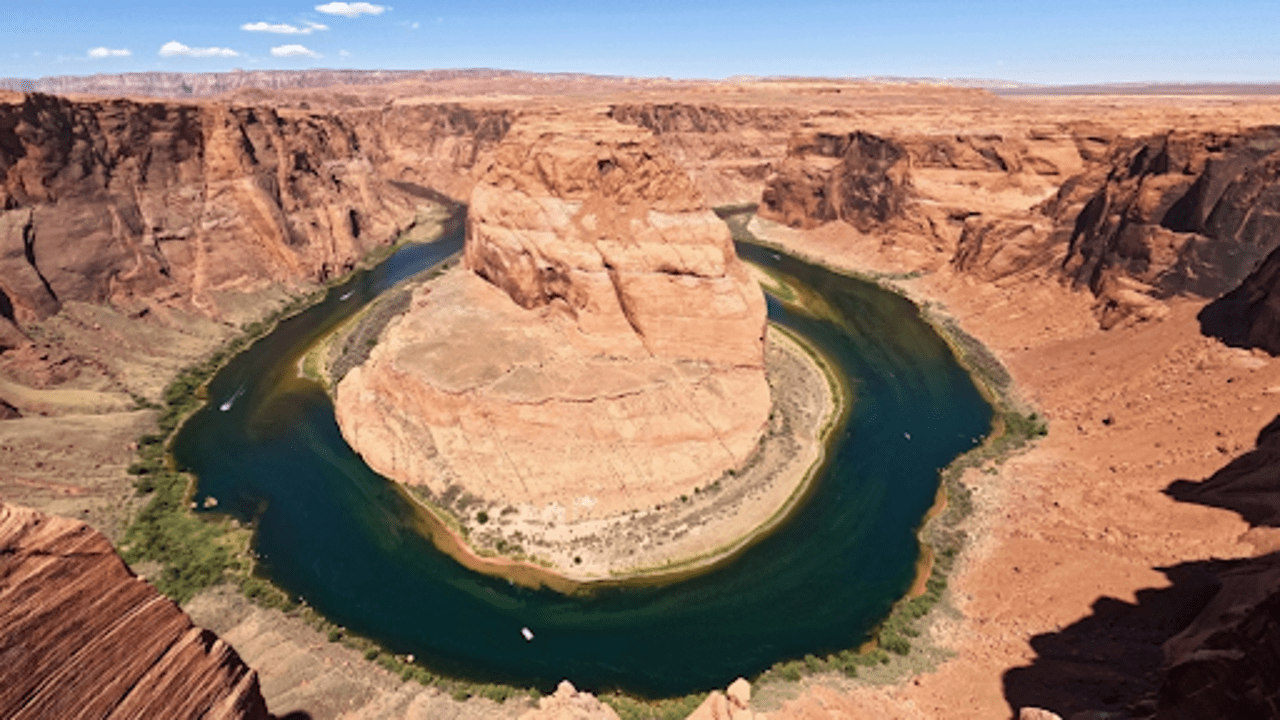
The Colorado River flows through Horseshoe Bend in the Glen Canyon National Recreation Area, as seen in Page, Arizona, on June 8, 2022. AP Photo
In a surprising turn of events, a well-known geological feature in southern Utah has collapsed. The landmark, known as the "Double Arch," "Hole in the Roof," and occasionally referred to as the "Toilet Bowl," fell on Thursday, according to officials from the National Park Service. Fortunately, no injuries have been reported.
This beloved arch was a prominent attraction in the Glen Canyon National Recreation Area, a vast region that stretches across the border of Utah and Arizona. The collapse has raised concerns among park rangers, who believe that fluctuating water levels and wave erosion from Lake Powell played a significant role in the structure's downfall.
The Double Arch, like many natural formations, was subject to the forces of nature. It was carved from Navajo sandstone, a rock type that dates back 190 million years to the late Triassic and early Jurassic periods. This fine-grained sandstone has weathered many challenges over millions of years, including the effects of wind, rain, and time. However, the recent changes in the lake’s water levels and the constant erosion from waves have likely accelerated the arch's deterioration.
Michelle Kerns, the superintendent of the Glen Canyon National Recreation Area, highlighted that this incident underscores the importance of safeguarding the area's natural features. She emphasized that the lifespan of such geological formations can be significantly impacted by both natural and human-induced factors. "These features have a lifespan that can be influenced or damaged by manmade interventions," Kerns stated.
The Glen Canyon National Recreation Area spans almost 2,000 square miles (5,180 square kilometres) and is a popular spot for boating and hiking. The collapse of the Double Arch serves as a stark reminder of the delicate balance between nature and human activity. It also draws attention to the broader issue of preserving natural landmarks in the face of environmental changes and human impact.
In light of this event, park officials are calling for increased awareness and care to protect the mineral resources and natural beauty of the area. The collapse of such a notable landmark not only affects the landscape but also impacts the experiences of visitors who come to admire these natural wonders.















